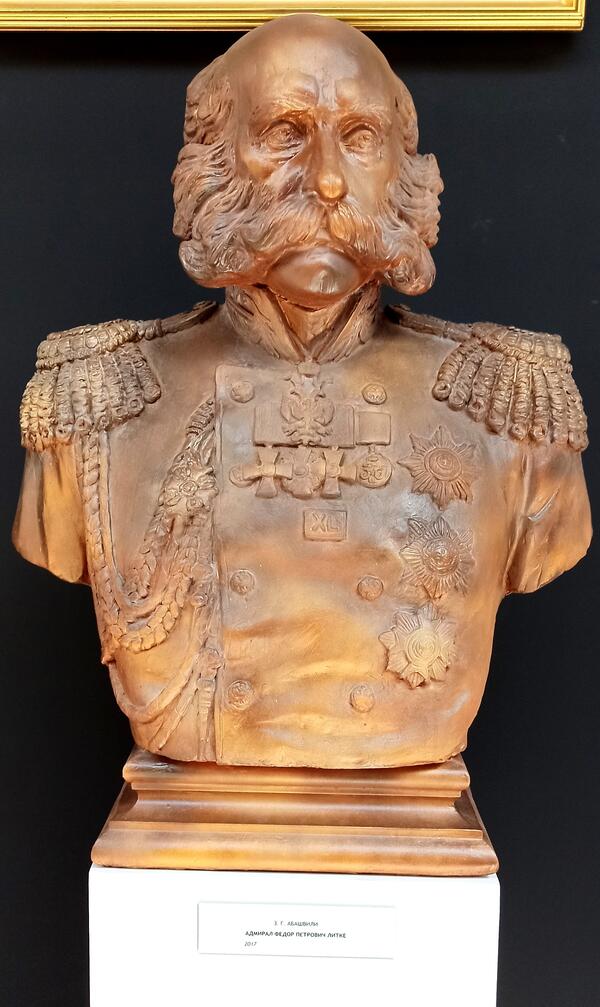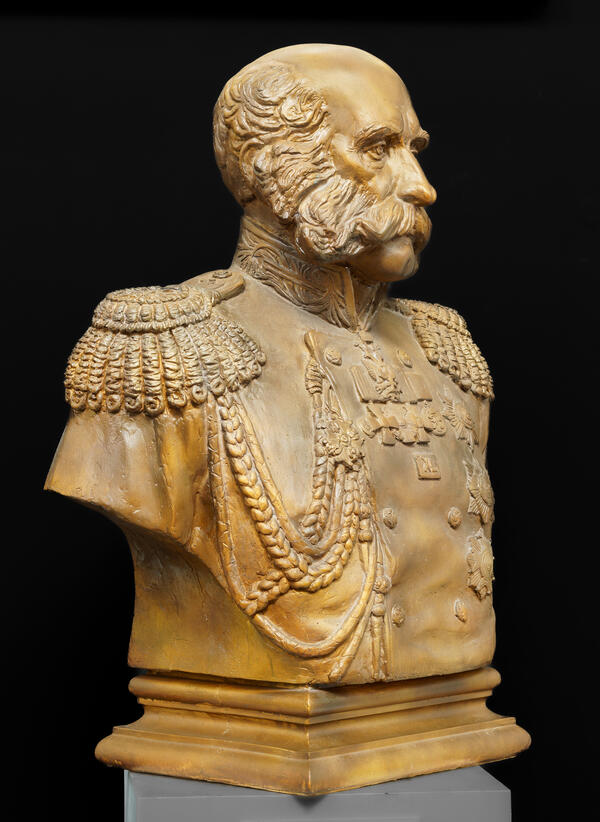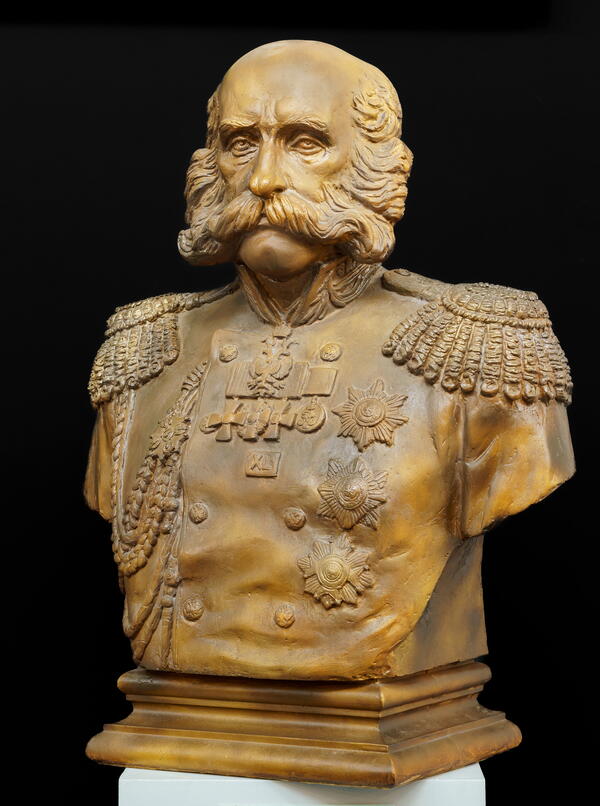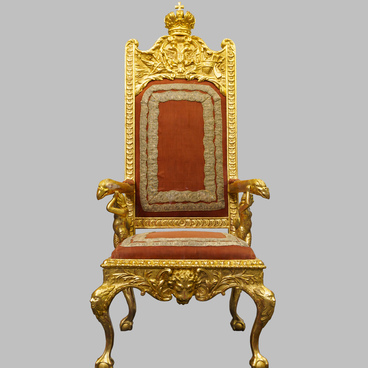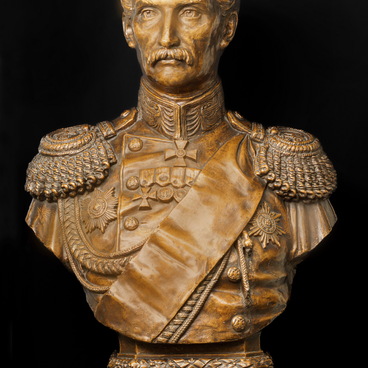Fyodor Petrovich Litke was born in 1797. After losing his parents at an early age, he spent several years at a boarding school, lived with his uncle, and did not complete formal education, despite having read a myriad of books. His career path was influenced by his family connection with the future admiral Ivan Savvich Sulmenev. Fyodor Litke spent a lot of time on ships commanded by Sulmenev. Having made sure that Fyodor was serious about becoming a sailor, Ivan Sulmenev hired tutors who taught the basics of math and navigation to the young man. As a naval cadet, Litke joined Sulmenev’s crew. For his bravery, resourcefulness, and composure in the battles against the French forces during the siege of Danzig, Litke was awarded the Cross of Saint George and promoted to the rank of midshipman.
In 1817, Litke was sent on a two-year world cruise on the “Kamchatka” sloop as the head of the hydrographic expedition. Between 1821 and 1824, during independent scientific expeditions on the “Novaya Zemlya” brig, Litke mapped the coast of the Novaya Zemlya archipelago, and calculated many geographical coordinates along the coastline of the White Sea, exploring its shallows and navigation channels. Based on the information obtained during this expedition, Litke published a book that helped him achieve fame and recognition in the scientific community. Between 1826 and 1828, as the commander of the “Senyavin” sloop, Litke explored the coastline of the Kamchatka Peninsula, described the Karaginsky Islands, and many other important locations in the Bering Sea. After that trip, Fyodor Litke became known to educated people all over the world and was recognized among other famous navigators.
In 1832, Litke was appointed tutor of the five-year-old Grand Duke Konstantin Nikolayevich of Russia. He dedicated 16 years to the important task of educating the emperor’s son. During that period, Litke initiated the founding of the Imperial Russian Geographical Society. After it was founded in 1845, his student Konstantin Nikolayevich was appointed its chairman.
During the Crimean War of 1853–1856, Litke successfully supervised the defense of Kronstadt and the Gulf of Finland against the overwhelming forces of the English and French fleet. For that achievement, he was awarded the rank of a full admiral and was appointed a member of the State Council.
Litke’s name has been given to a cape, a mountain, and a bay in Novaya Zemlya, one of the islands in Franz Josef Land, streets in Donetsk and Kronstadt, an icebreaker of the Soviet Arctic fleet, and a large-capacity Arctic natural gas carrier for transporting LNG along the Northern Sea Route.
In 1817, Litke was sent on a two-year world cruise on the “Kamchatka” sloop as the head of the hydrographic expedition. Between 1821 and 1824, during independent scientific expeditions on the “Novaya Zemlya” brig, Litke mapped the coast of the Novaya Zemlya archipelago, and calculated many geographical coordinates along the coastline of the White Sea, exploring its shallows and navigation channels. Based on the information obtained during this expedition, Litke published a book that helped him achieve fame and recognition in the scientific community. Between 1826 and 1828, as the commander of the “Senyavin” sloop, Litke explored the coastline of the Kamchatka Peninsula, described the Karaginsky Islands, and many other important locations in the Bering Sea. After that trip, Fyodor Litke became known to educated people all over the world and was recognized among other famous navigators.
In 1832, Litke was appointed tutor of the five-year-old Grand Duke Konstantin Nikolayevich of Russia. He dedicated 16 years to the important task of educating the emperor’s son. During that period, Litke initiated the founding of the Imperial Russian Geographical Society. After it was founded in 1845, his student Konstantin Nikolayevich was appointed its chairman.
During the Crimean War of 1853–1856, Litke successfully supervised the defense of Kronstadt and the Gulf of Finland against the overwhelming forces of the English and French fleet. For that achievement, he was awarded the rank of a full admiral and was appointed a member of the State Council.
Litke’s name has been given to a cape, a mountain, and a bay in Novaya Zemlya, one of the islands in Franz Josef Land, streets in Donetsk and Kronstadt, an icebreaker of the Soviet Arctic fleet, and a large-capacity Arctic natural gas carrier for transporting LNG along the Northern Sea Route.

